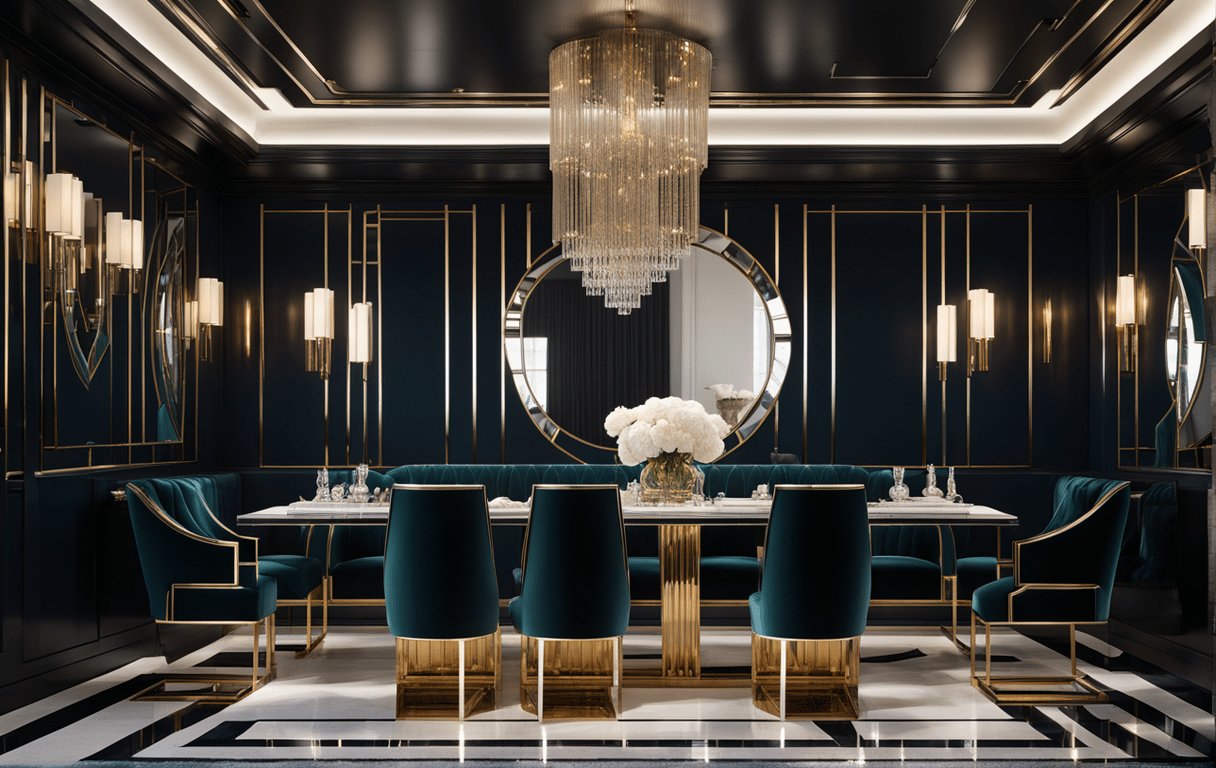The history of interior design is a captivating journey that mirrors the evolution of our societies, technologies, and personal tastes. Let me walk you through the key moments and movements that have shaped the way we decorate our homes today.
Podcast Discussion of The History of Interior Design


Ancient Beginnings: The Foundations of Interior Design
Egyptian Elegance
Back around 4500 B.C.E., the Egyptians kickstarted interior design with repeating circles and waves. These patterns weren’t just for show—they symbolized life and the natural world, bringing a sense of harmony to their spaces.
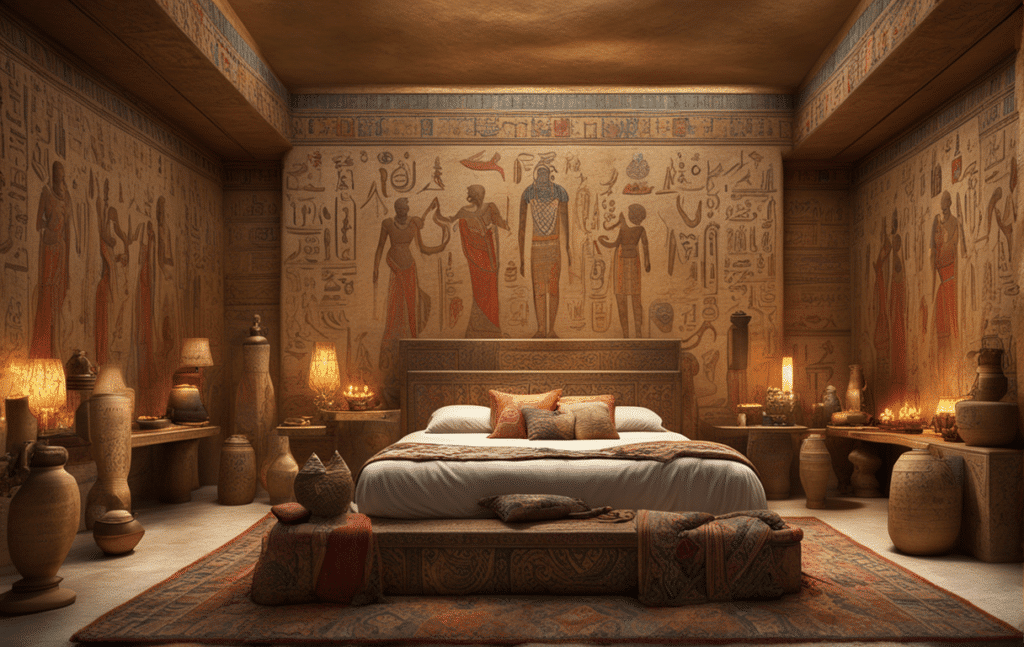
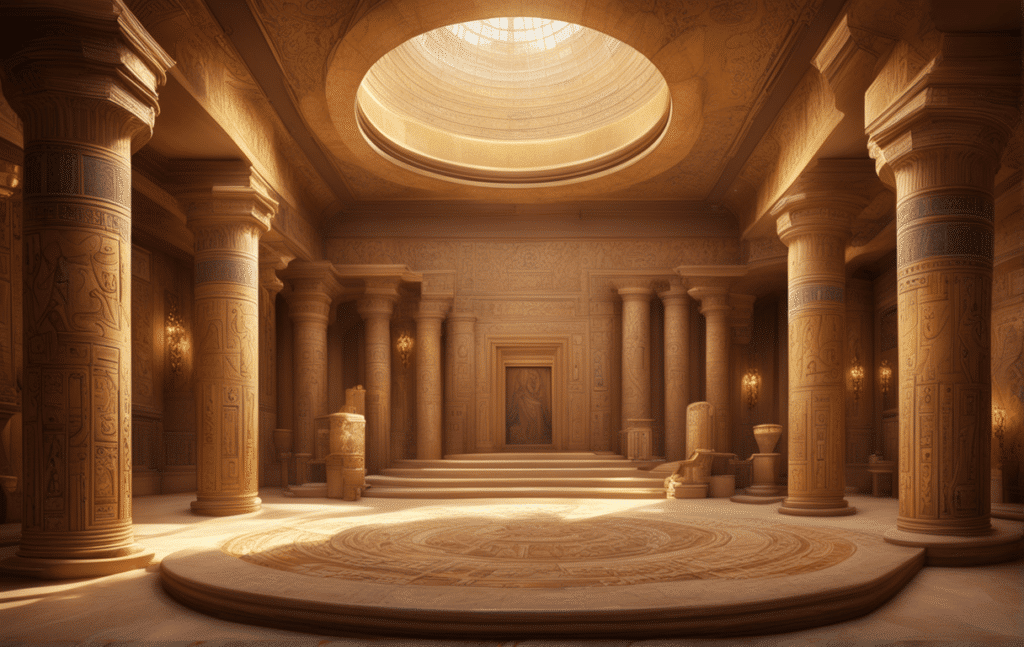
Greek Harmony
Fast forward to 1200 B.C.E., and the Greeks stepped in, focusing on proportion, form, and symmetry. Columns and moldings became staples, creating spaces that felt both structured and serene. These elements still inspire designers today.
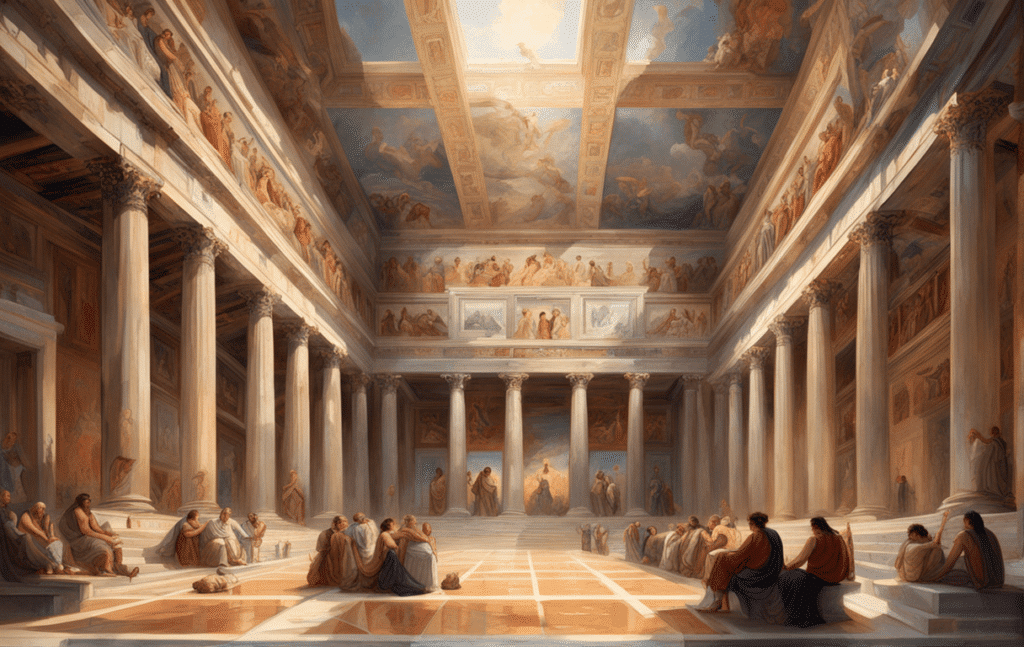

Roman Innovation
By 753 B.C.E., the Romans introduced concrete as a building material, revolutionizing interior spaces. They experimented with brick, marble, and travertine, pushing the boundaries of what interiors could look like and laying the groundwork for future innovations.
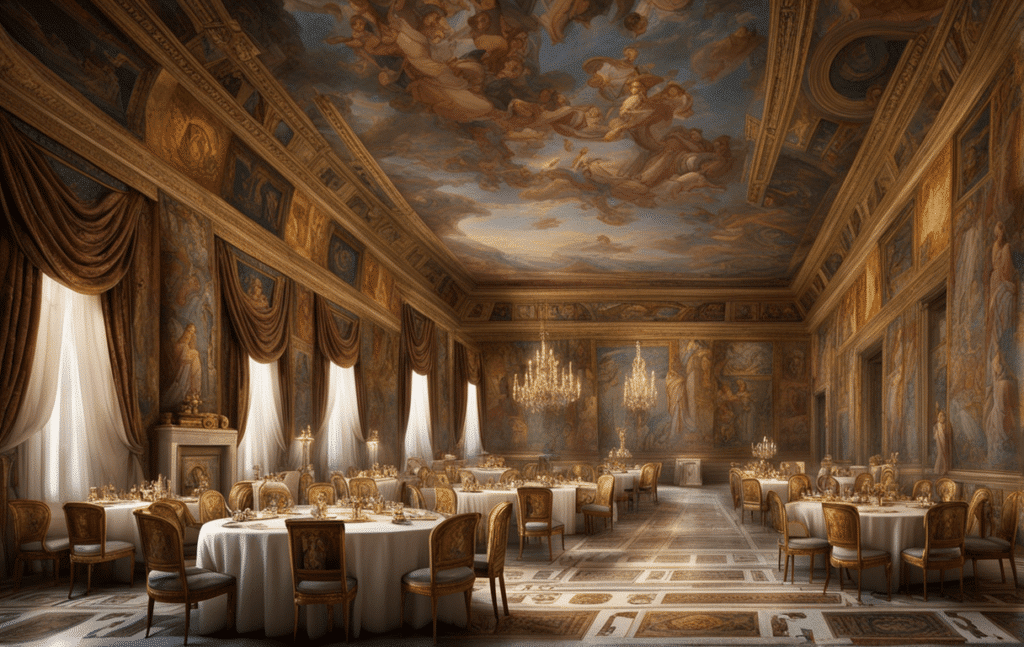
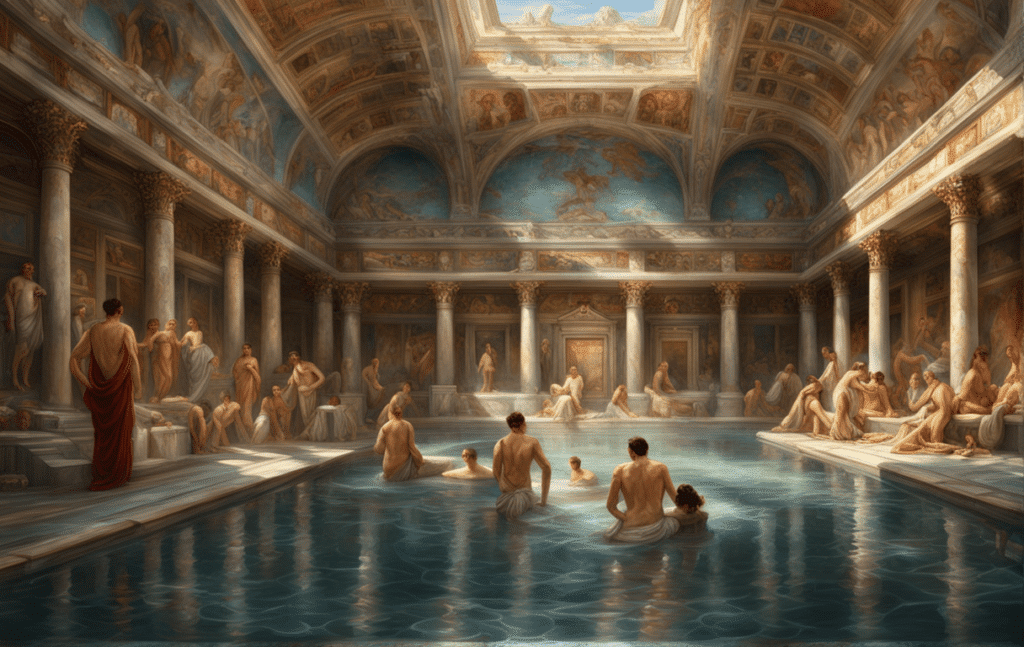
Middle Ages to Renaissance: A Shift in Style
Byzantine Grandeur
Between 500-1500 C.E., the Byzantine Empire showcased grand domes and ornate decorations. These lavish interiors reflected the empire’s wealth and artistic prowess, adding a touch of luxury to their spaces.
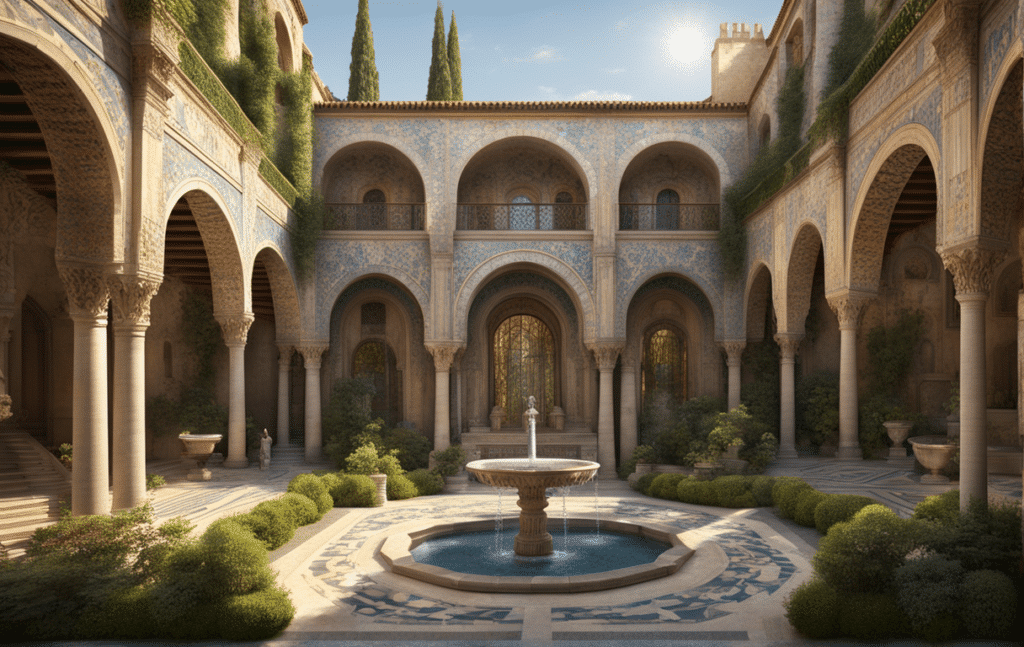
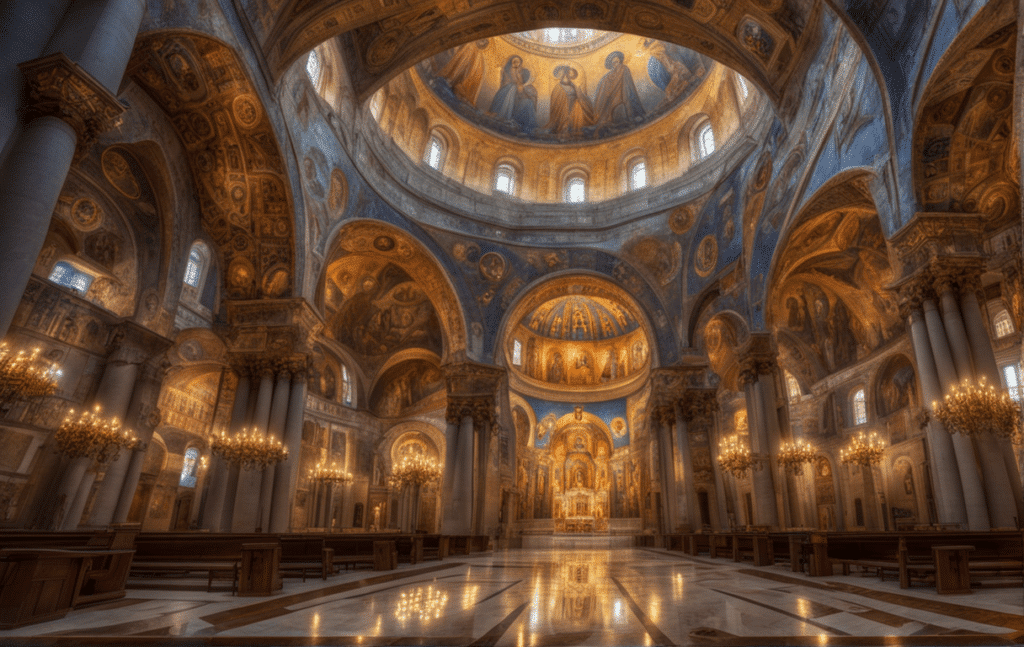
Minimalist Dark Ages
From 900-1500, the Dark Ages brought a shift towards minimalist interiors. Simple wood panels and stone floors took center stage, prioritizing functionality over decoration.
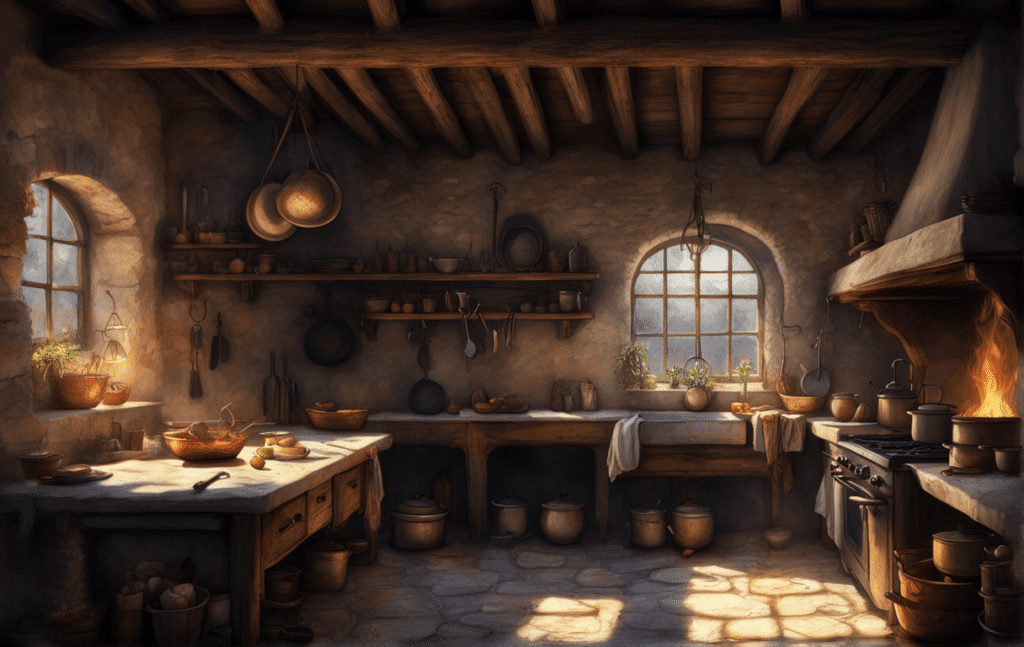
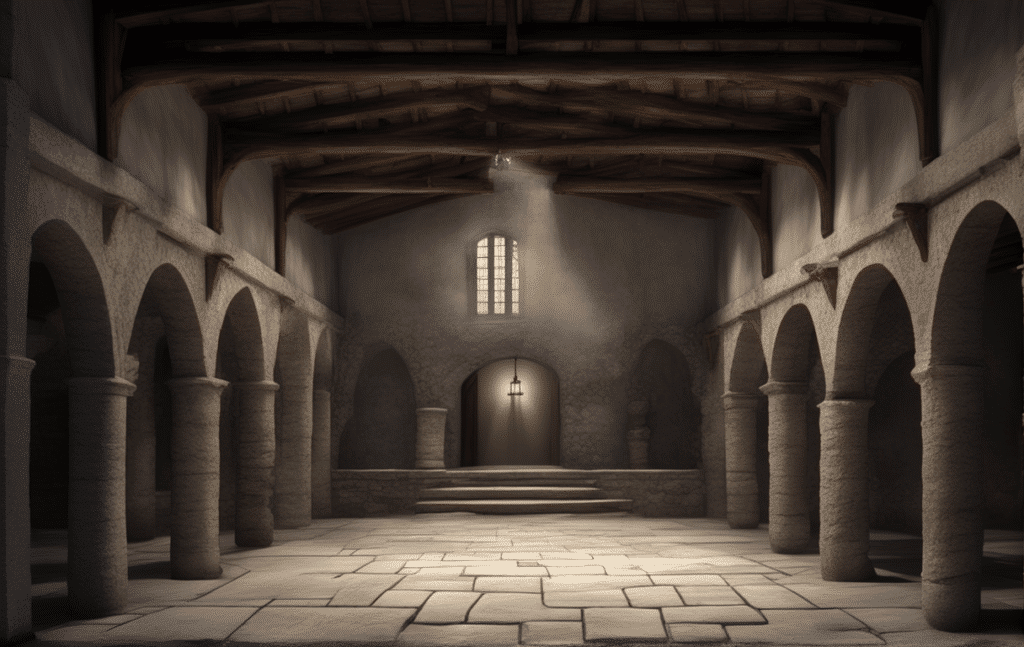
Renaissance Revival
The Renaissance (1400-1600) breathed new life into classical Greek and Roman elements. Artisans crafted custom furniture, and designers like Thomas Chippendale and Robert Adam emphasized unity and balance, setting new standards for elegance.
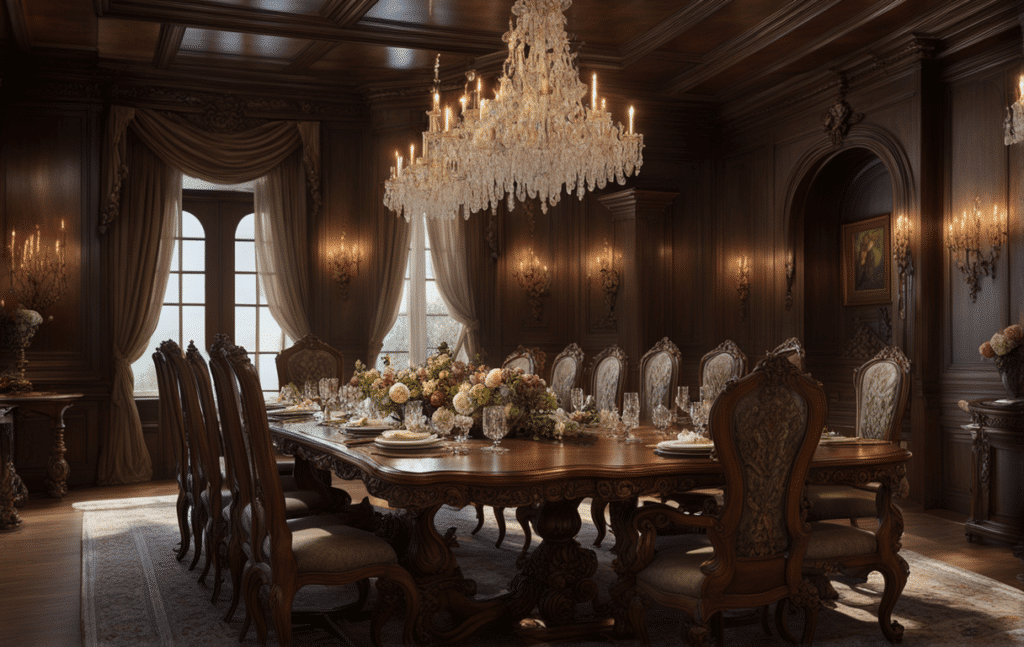

Industrial Revolution to Early 20th Century: Expanding Possibilities
Industrial Influences
Between 1700-1900, the Industrial Revolution made materials like carpets, wallpapers, and paints more accessible. Ceilings became focal points, and pioneers like Rhoda and Agnes Garrett added an artistic touch to personal spaces, blending functionality with style.
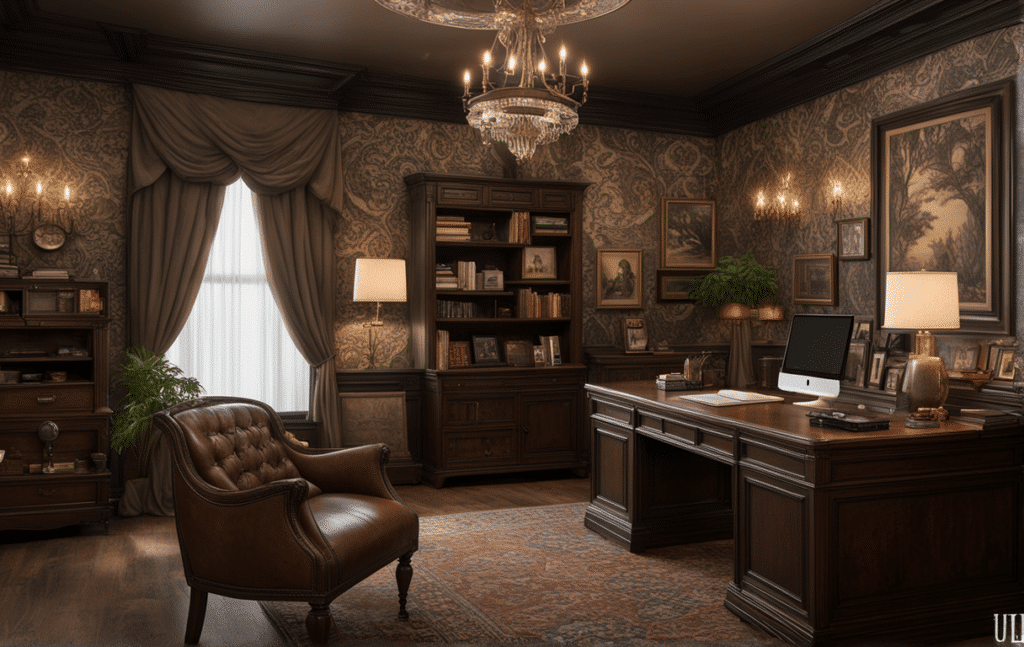
Art Nouveau and Art Deco
Early 1900s saw Elsie de Wolfe’s airy interiors and Edith Wharton’s functional designs take the spotlight. The 1920s introduced Art Deco with its bold geometric patterns and luxurious finishes, reflecting the era’s glamour. Bauhaus later emphasized functionality and minimalism, giving us iconic pieces like the Barcelona Chair.
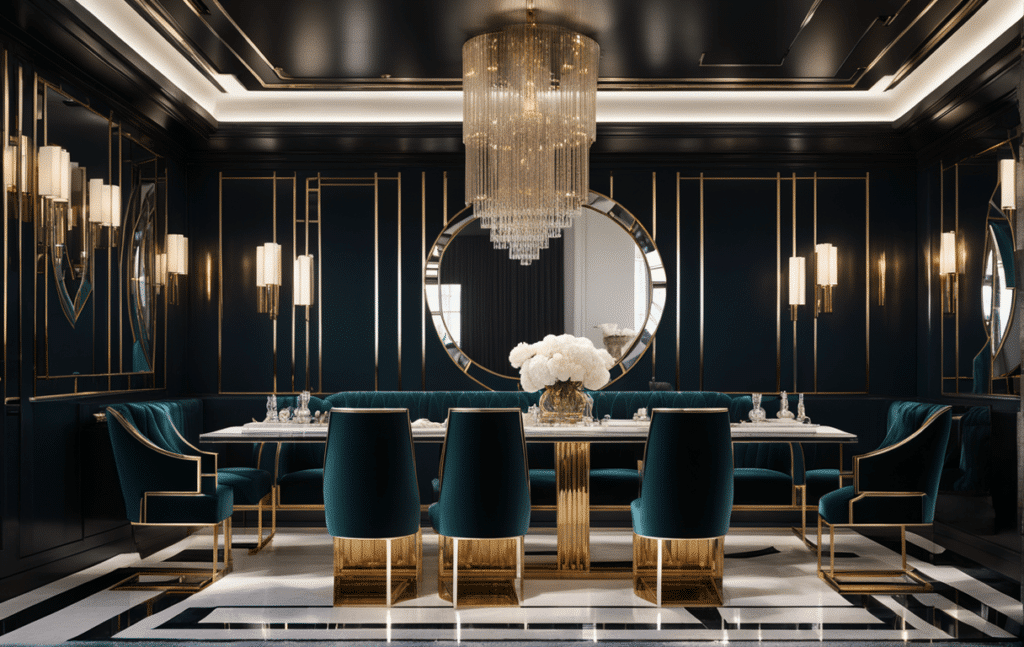
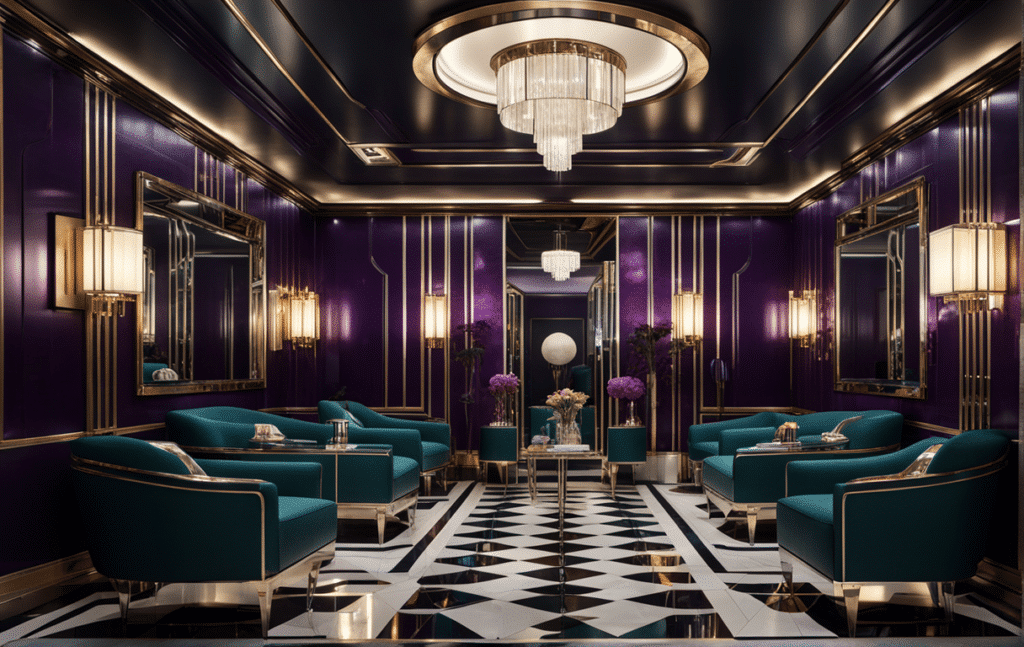
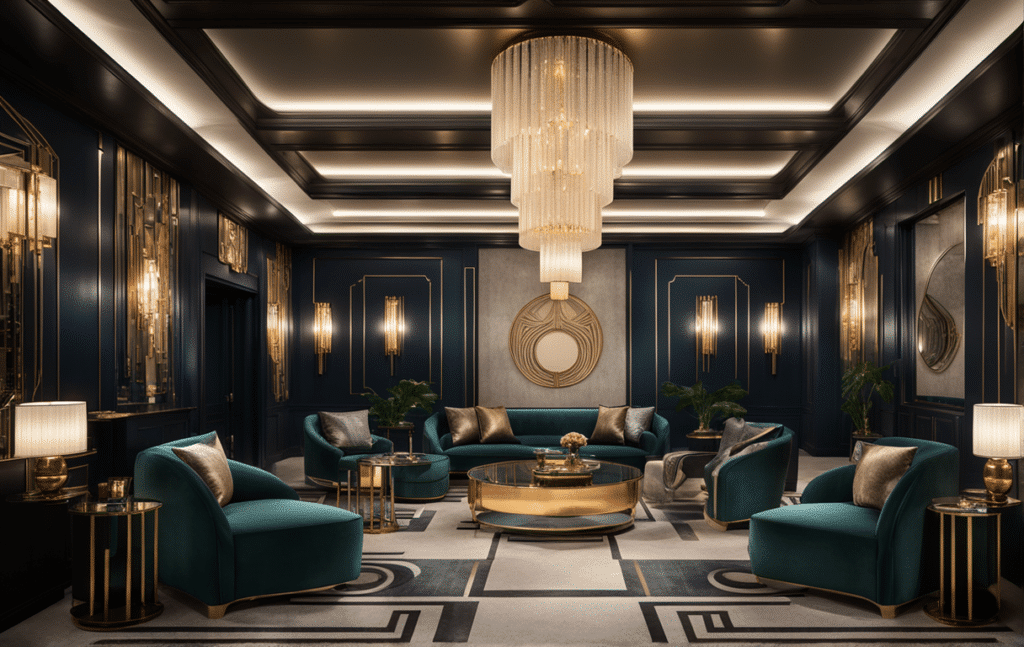
Mid to Late 20th Century: Diverse Expressions
Post-War Prosperity
After World War II, the housing boom led to smaller, affordable homes. The 1950s embraced vibrant colors and Scandinavian simplicity, while the 1960s focused on personal expression with bold hues and eclectic styles.
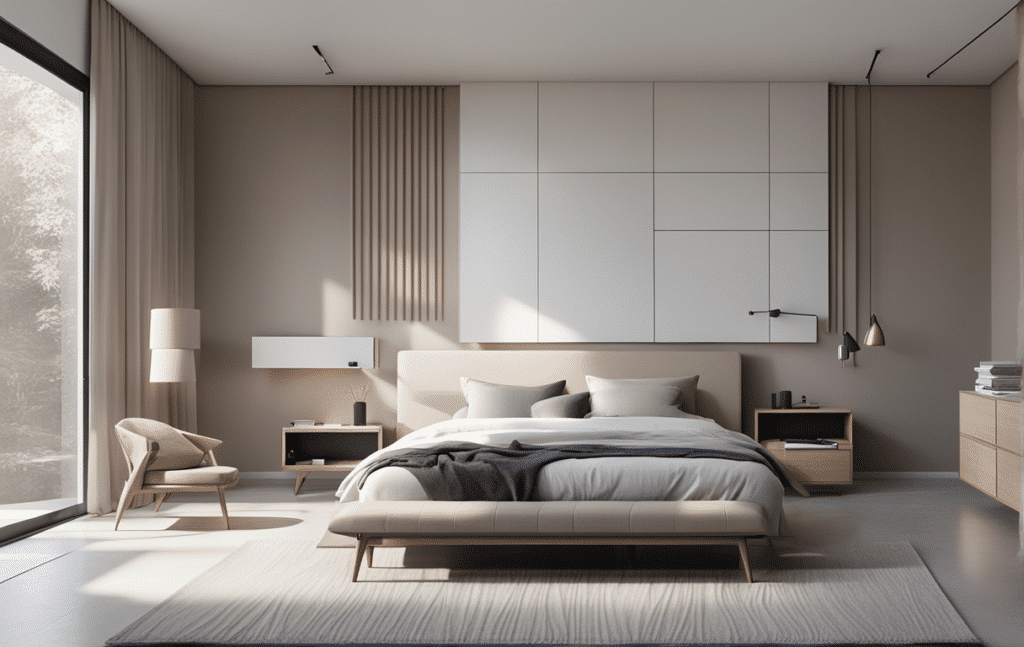

Maximalism and Minimalism
The 1970s brought maximalism with shag carpets and houseplants, a nod to earlier minimalism. The 1980s swung back to excess with bold colors and eclectic trends. By the 1990s, minimalism and industrial chic took center stage, offering a cleaner, more streamlined look.
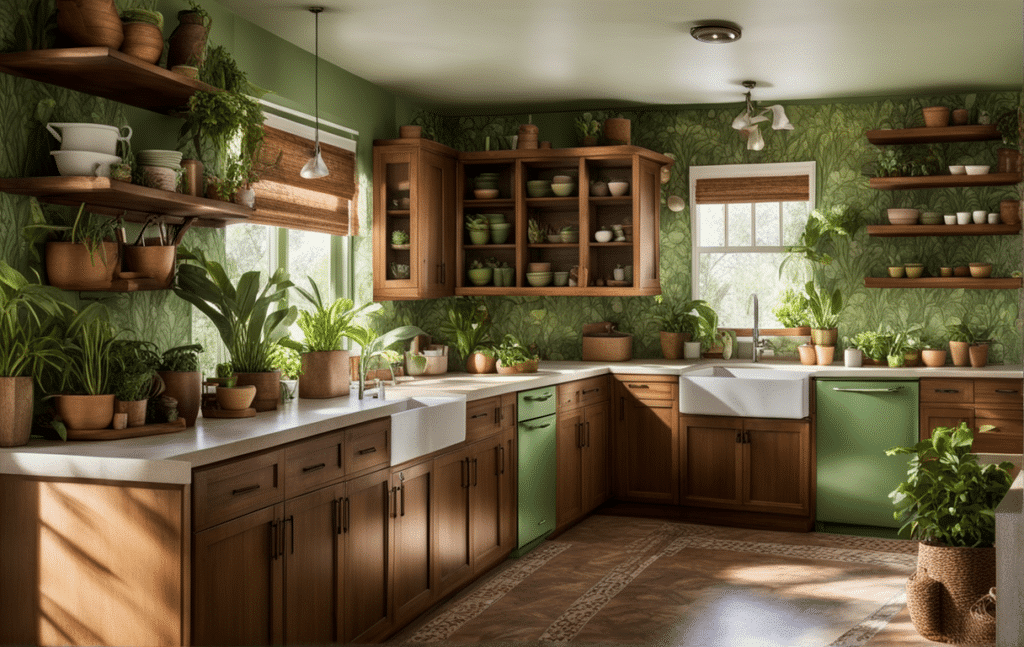
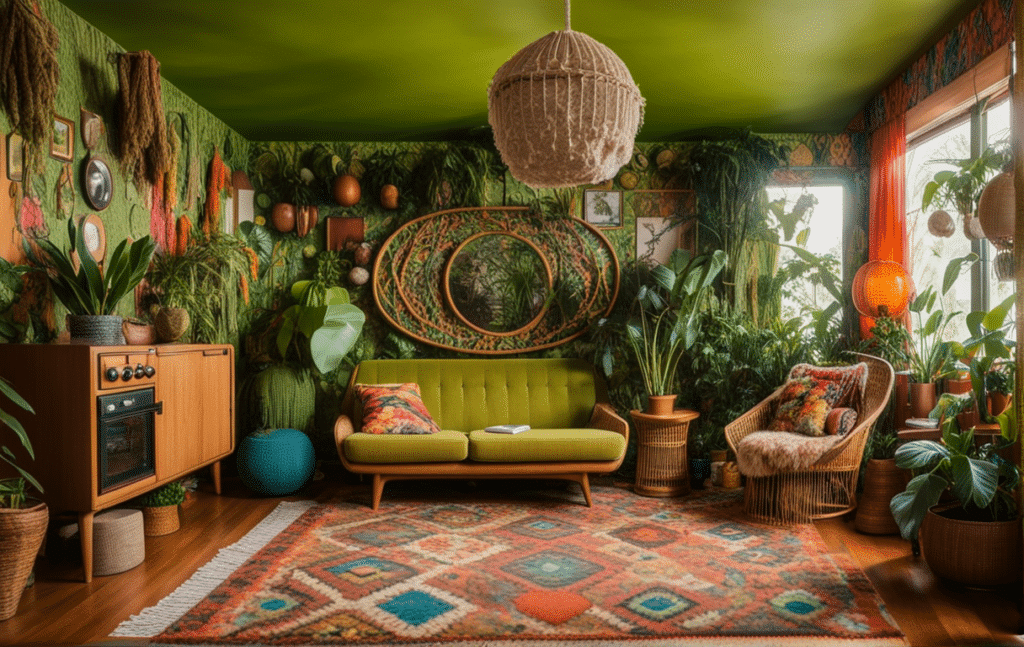



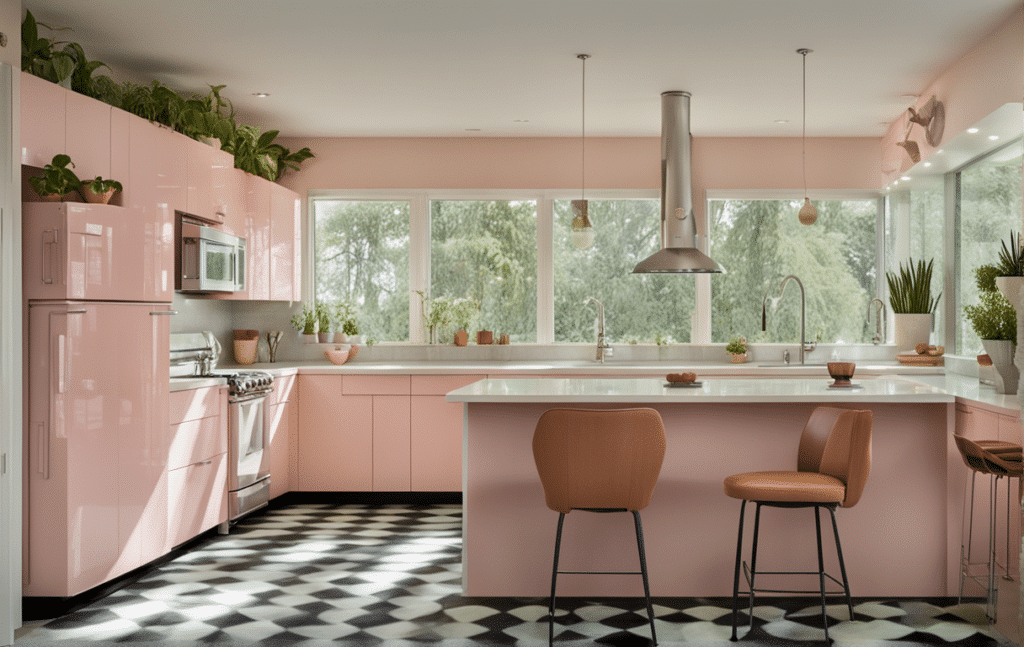
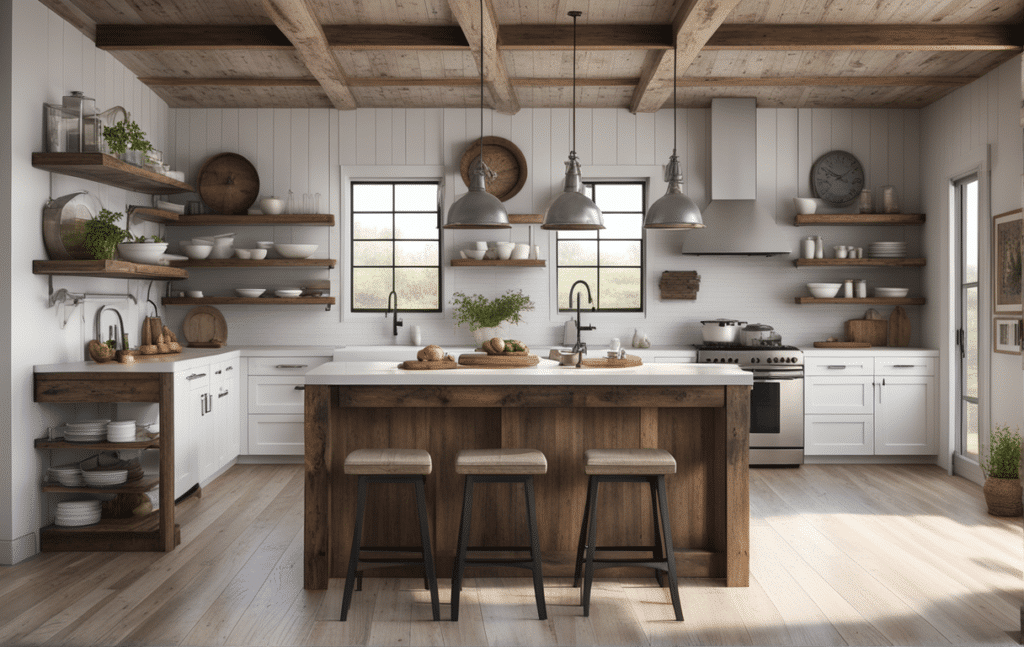
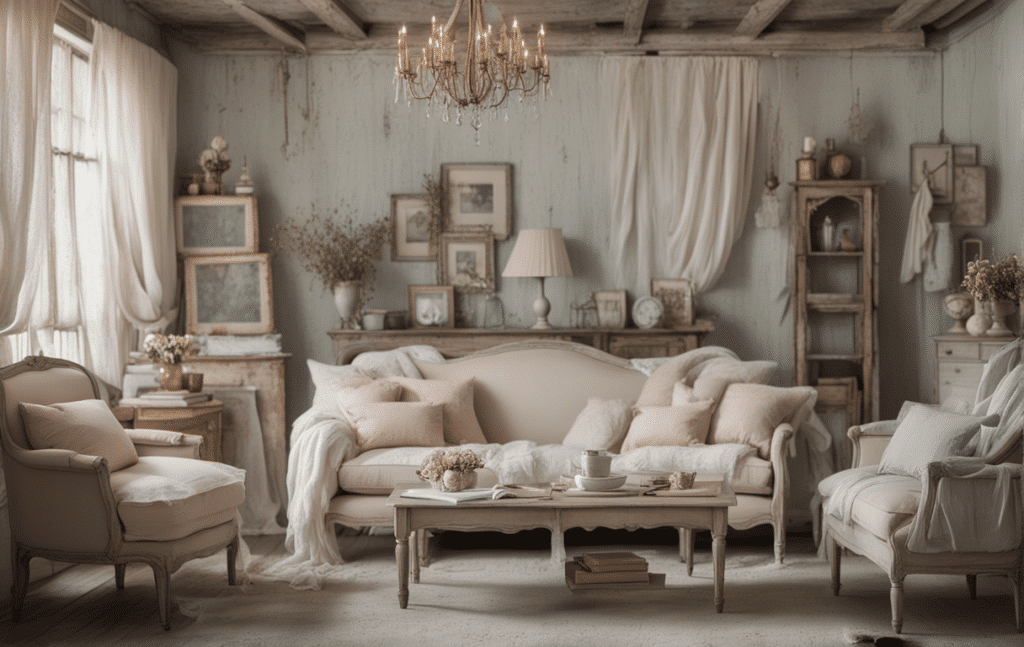
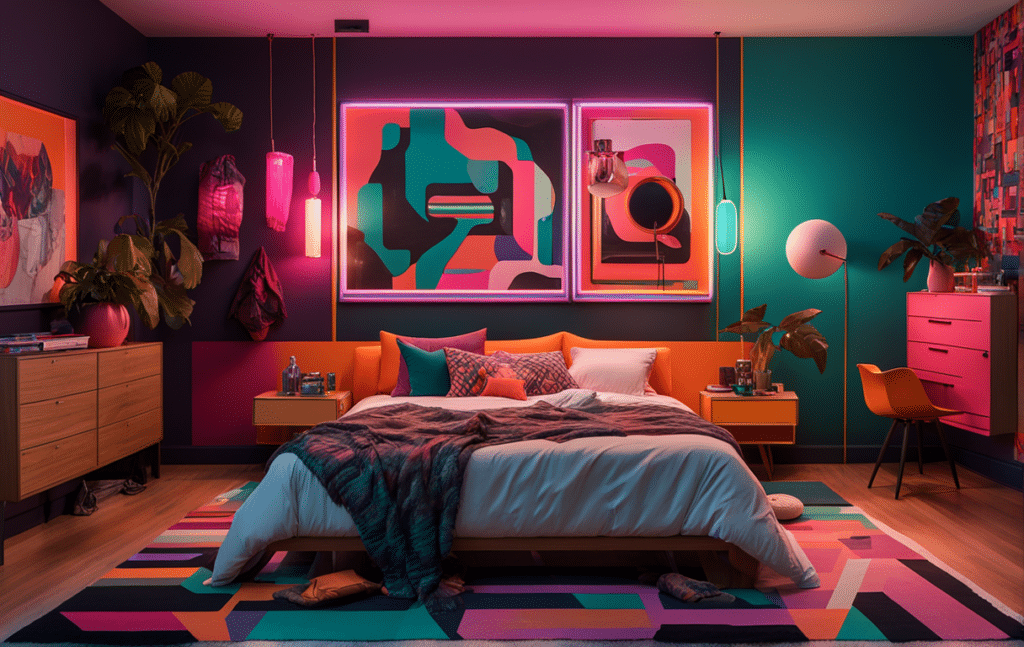
21st Century to Present: Modern Influences
Digital Influence
The internet transformed design trends in the 2000s, making inspiration just a click away. Open kitchens and mid-century modern designs surged in popularity, reflecting a blend of functionality and style.
Modern Farmhouse and Sustainability
The 2010s saw the rise of the modern farmhouse style, thanks to shows like “Fixer Upper.” Houseplants became essential, and sustainability took center stage, influencing choices from materials to overall aesthetics.

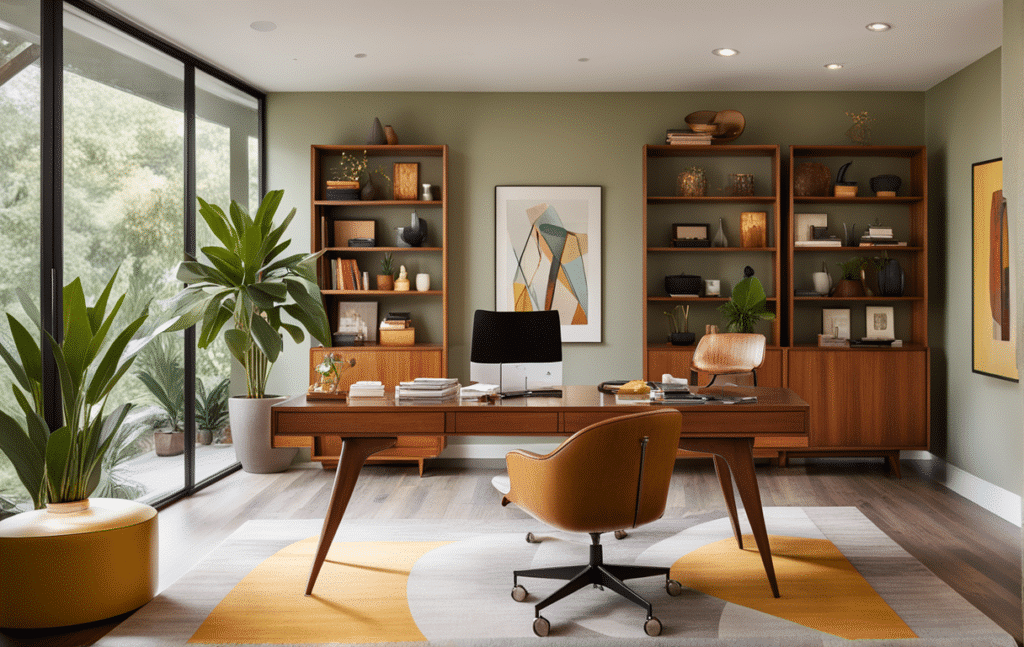
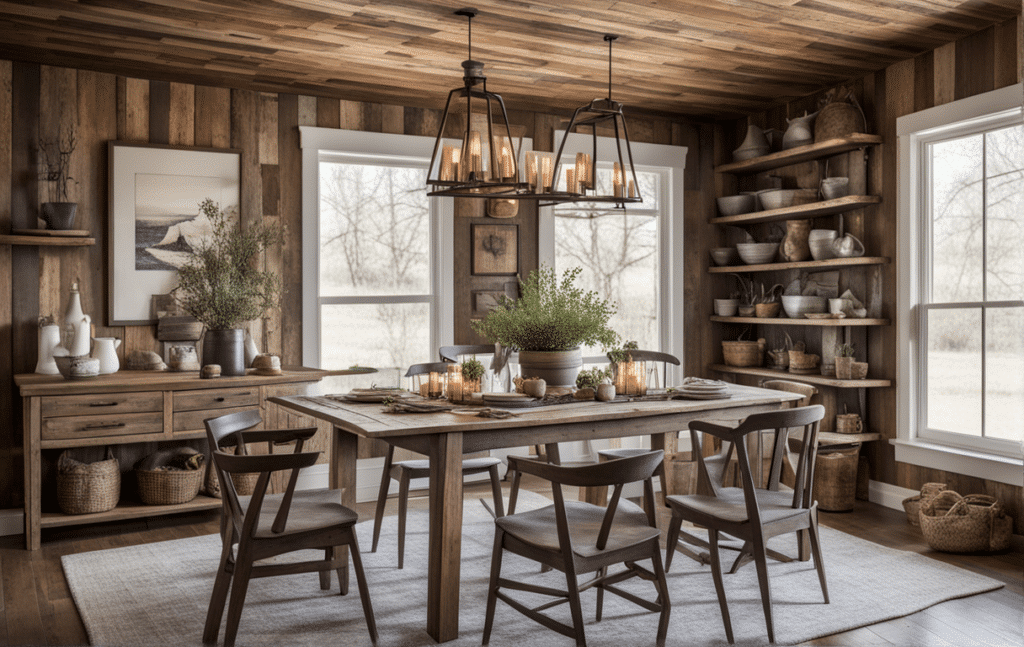
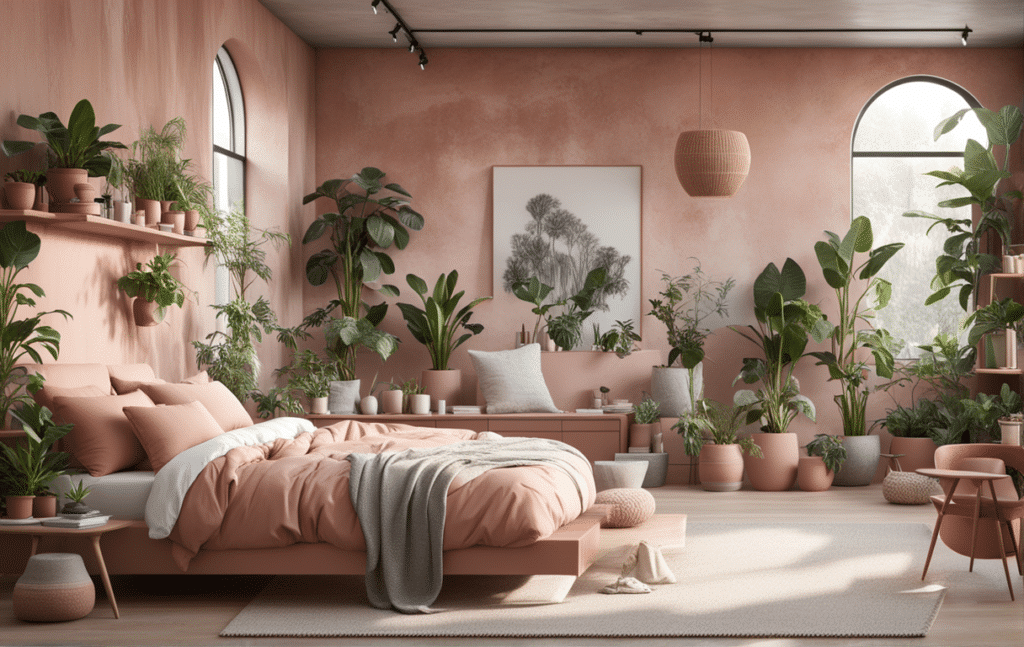

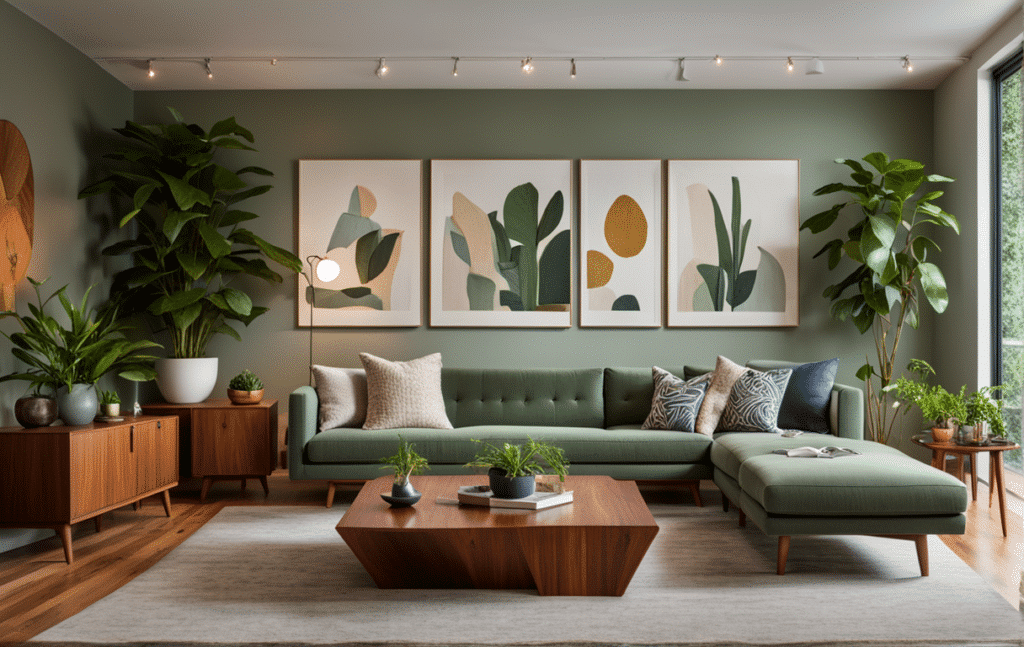
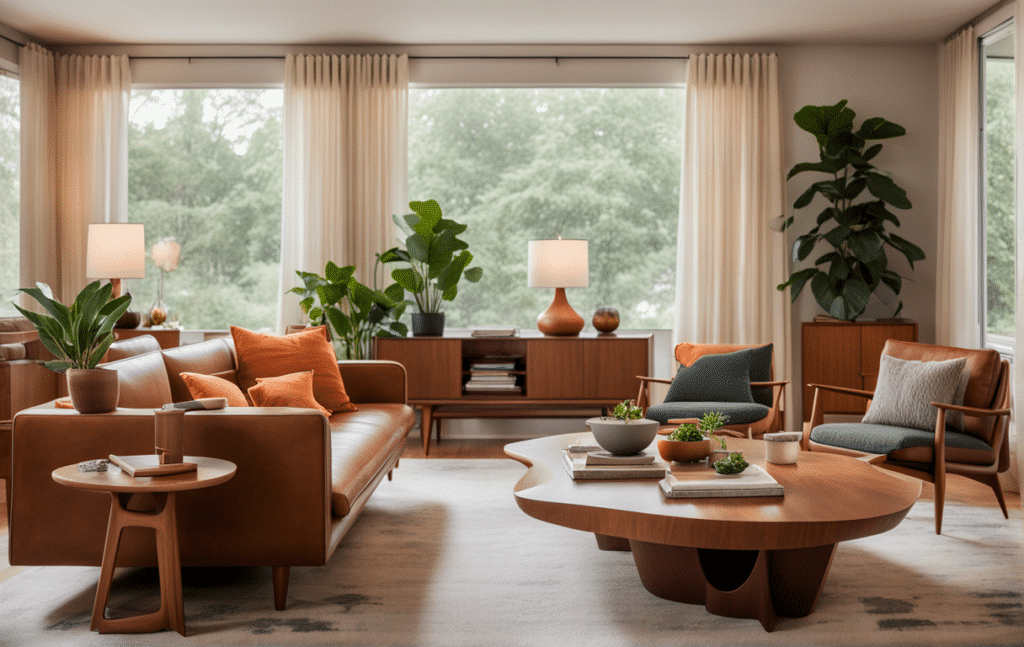
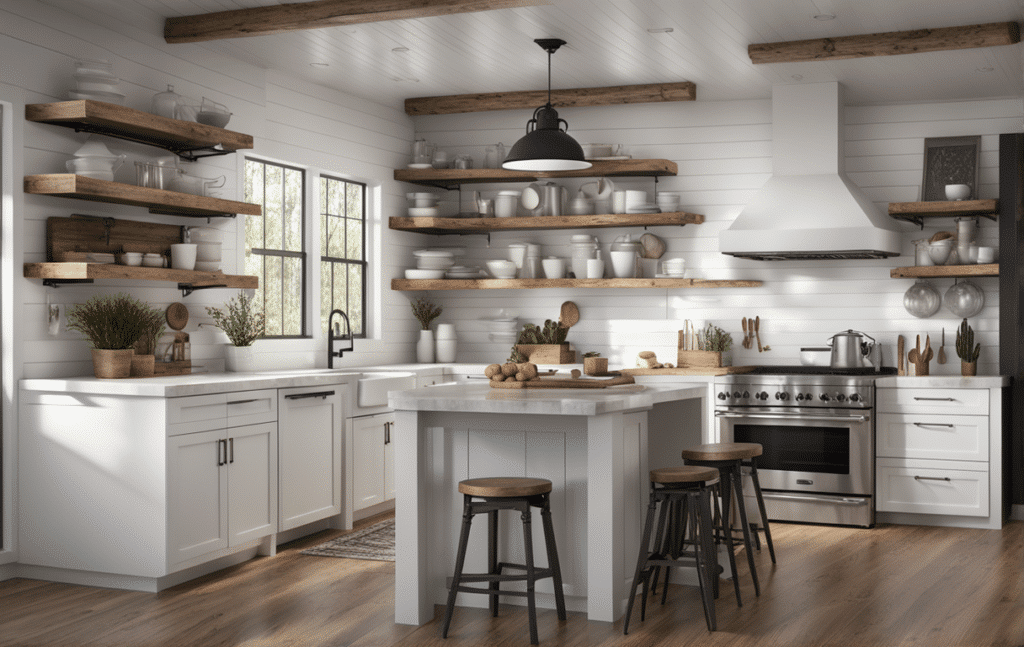
Maximalism Returns
Today, maximalism is back, embracing bold colors, patterns, and eclectic mixes. Sustainability continues to shape design choices, with a growing appreciation for handcrafted and upcycled items.

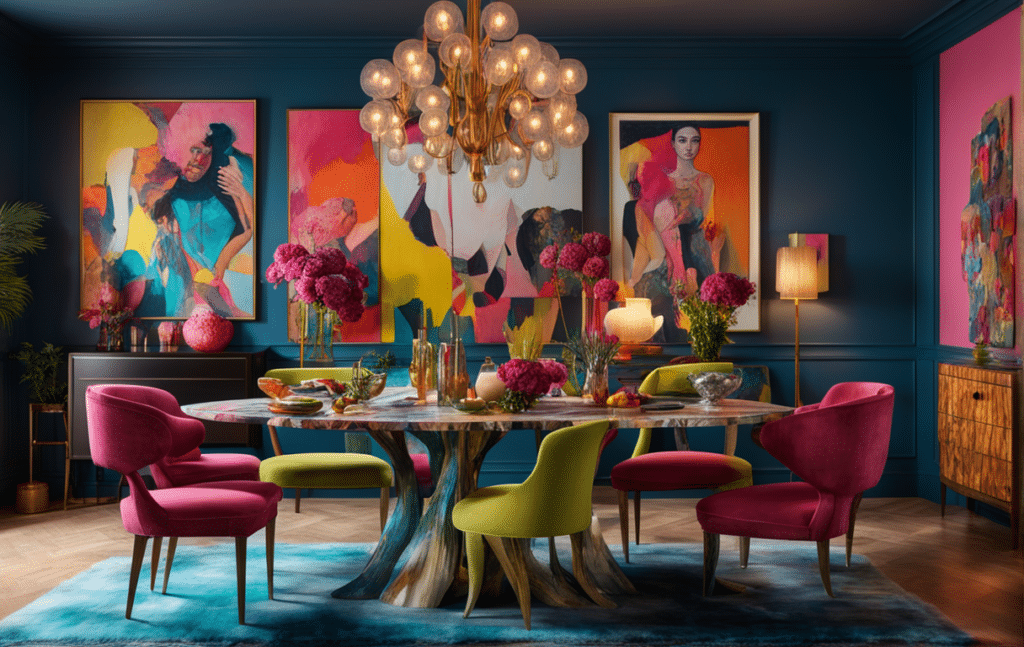


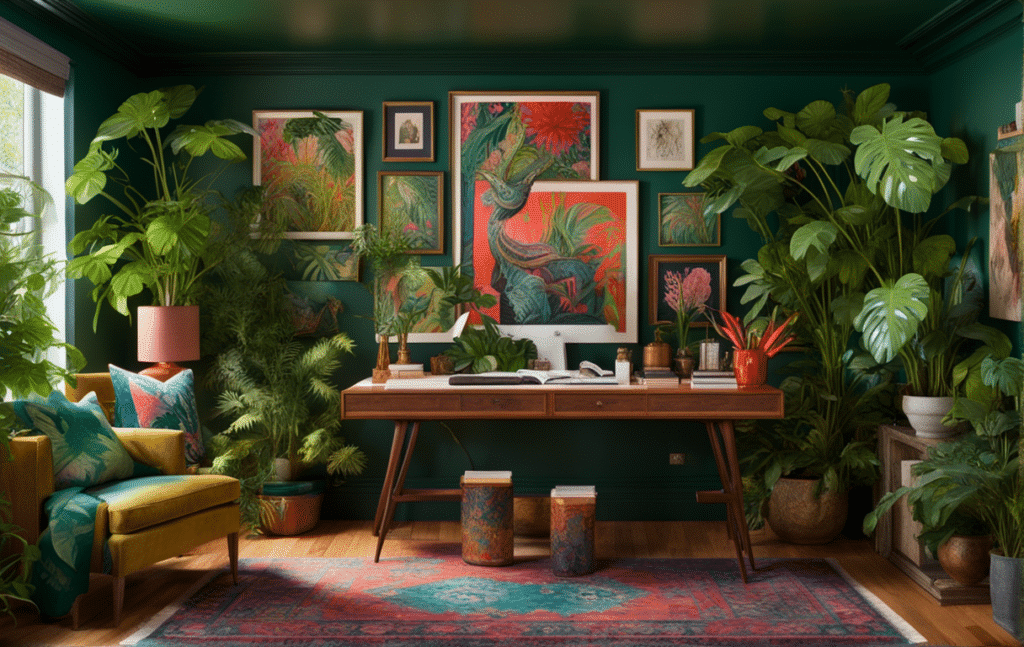
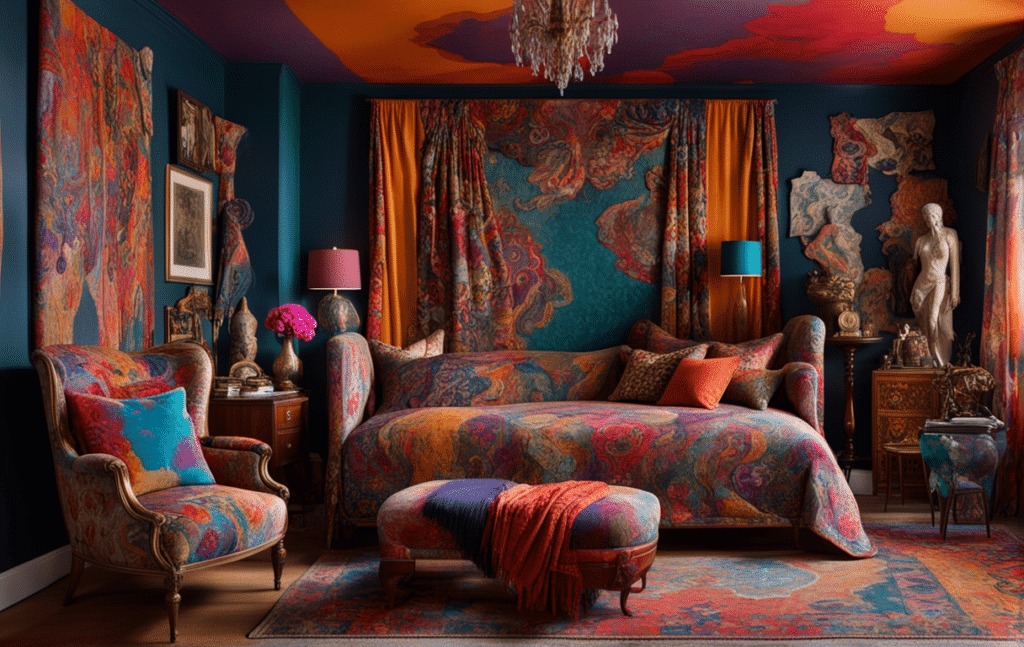
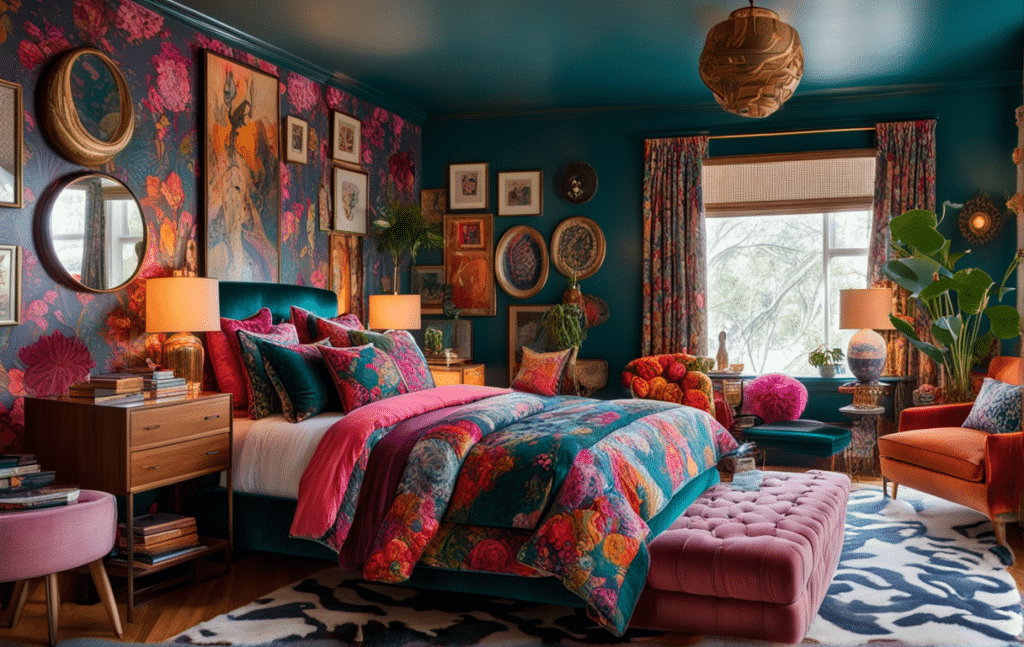
Key Takeaways from The History of Interior Design
- Cultural Reflection: Interior design mirrors cultural and societal shifts.
- Material Innovation: Advances in materials and technology expand design possibilities.
- Personal Expression: From minimalist to maximalist trends, personal style remains central.
- Sustainability: Eco-friendly and sustainable choices are increasingly important.
- Media Influence: TV, magazines, and social media significantly shape design trends.
The History of Interior Design FAQs
1. How has the history of interior design evolved over time?
The history of interior design shows a shift from ancient functional and minimalist spaces to the ornate Renaissance styles, followed by industrial innovations. The 20th century introduced movements like Art Deco and Bauhaus, while the 21st century focuses on sustainability and maximalism.
2. What are some major interior design movements?
Key movements include Egyptian patterning, Greek symmetry, Roman innovation, Renaissance elegance, Art Deco glamour, Bauhaus minimalism, Mid-Century Modern, Scandinavian simplicity, and contemporary maximalism.
3. How did the Industrial Revolution impact interior design?
It made materials like carpets, wallpapers, and paints more accessible, allowing for greater variety and availability in design choices. It also introduced new manufacturing techniques that influenced decorative trends.
4. Who are some influential figures in the history of interior design?
Influential figures include Thomas Chippendale, Robert Adam, Rhoda and Agnes Garrett, Elsie de Wolfe, Edith Wharton, Walter Gropius, and contemporary designers like Chip and Joanna Gaines.
5. What role does sustainability play in modern interior design?
Sustainability is crucial, with a focus on eco-friendly materials, upcycling, and creating spaces that are both stylish and environmentally responsible.
Exploring the history of interior design reveals how our living spaces are a canvas for human creativity and societal changes. From ancient patterns to modern maximalism, each era adds a unique layer to how we experience our homes today.
